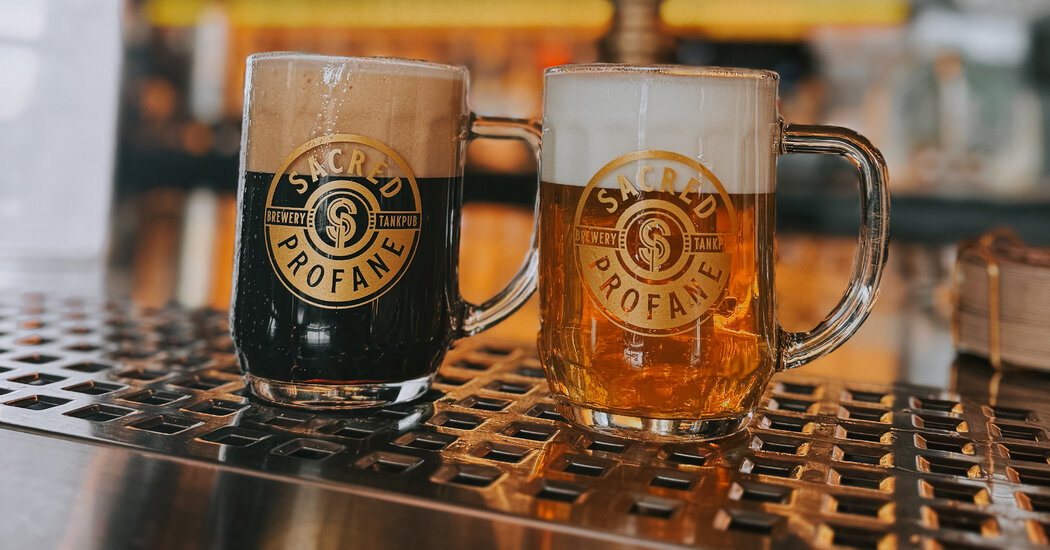
More than a decade ago, when Ryan Guererri was in his early 20s, he became obsessed with craft beer. As breweries rolled out a nonstop roster of new products, he bought hundreds of different beers, from bitter I.P.A.s to strong Belgian ales.
“It was exciting trying everything,” said Mr. Guererri, who is now 35 and a human resources manager in Geneva, N.Y.
But with more than 9,500 breweries across the United States, sampling every pilsner and lager is nearly impossible, and not all that palatable. “It’s easy to get overwhelmed,” he said. These days, Mr. Guererri mainly stocks his fridge with just a small collection of tried-and-trusted brands.
His move to simplicity reflects a broader shift in the beer world. After years of offering a steady, often weekly, succession of new products, many breweries, bars and supermarkets have pared back the number they make, serve and sell.
In part, this is a concession to economic reality: Americans are buying less beer, opting instead for spirits and canned cocktails or refraining from alcohol altogether.
As of last November, sales of beer in stores had fallen 3.1 percent by volume from a year earlier, according to the market research firm NIQ. At bars and restaurants, sales declined nearly 4.7 percent. (For craft beer alone, the drop was even sharper: 5.3 percent in store sales and 6.7 percent in bars and restaurants.)



